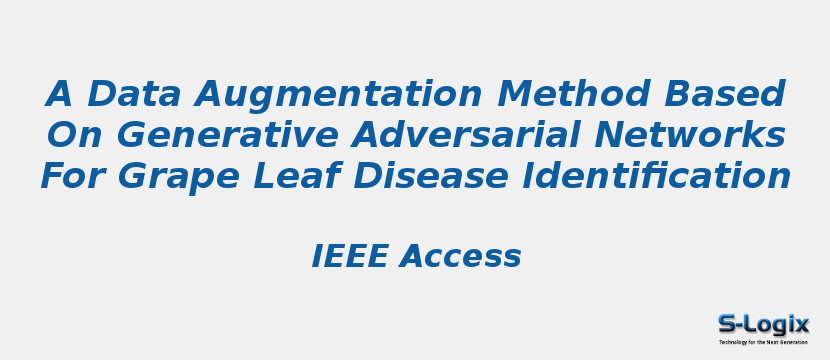Research Area: Machine Learning
The identification of grape leaf diseases based on deep learning is critical to controlling the spread of diseases and ensuring the healthy development of the grape industry. Focusing on the lack of training images of grape leaf diseases, this paper proposes a novel model named Leaf GAN, which is based on generative adversarial networks (GANs), to generate images of four different grape leaf diseases for training identification models. A generator model with degressive channels is first designed to generate grape leaf disease images; then, the dense connectivity strategy and instance normalization are fused into an efficient discriminator to identify real and fake disease images by utilizing their excellent feature extraction capability on grape leaf lesions. Finally, the deep regret gradient penalty method is applied to stabilize the training process of the model. Using a total of 4,062 grape leaf disease images, the Leaf GAN model ultimately generates 8,124 grape leaf disease images. The generated grape leaf disease images based on Leaf GAN model can obtain better performance than DCGAN and WGAN in terms of the Fréchet inception distance. The experimental results show that the proposed Leaf GAN model generates sufficient grape leaf disease images with prominent lesions, providing a feasible solution for the data augmentation of grape leaf disease images. For the eight prevailing classification models with the expanded dataset, the identification performance based on CNNs indicated higher accuracies, whereby all the accuracies were better than those of the initial dataset with other data augmentation methods. Among them, Xception achieves a recognition accuracy of 98.70% on the testing set. The results demonstrate that the proposed data augmentation method represents a new approach to overcoming the overfitting problem in disease identification and can effectively improve the identification accuracy.
Keywords:
Author(s) Name: Bin Liu; Cheng Tan; Shuqin Li; Jinrong He; Hongyan Wang
Journal name: IEEE Access
Conferrence name:
Publisher name: IEEE
DOI: 10.1109/ACCESS.2020.2998839
Volume Information: ( Volume: 8) Page(s): 102188 - 102198
